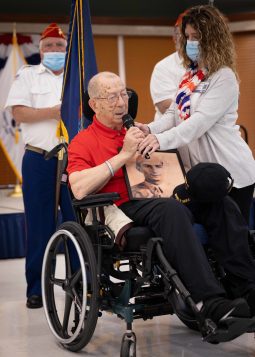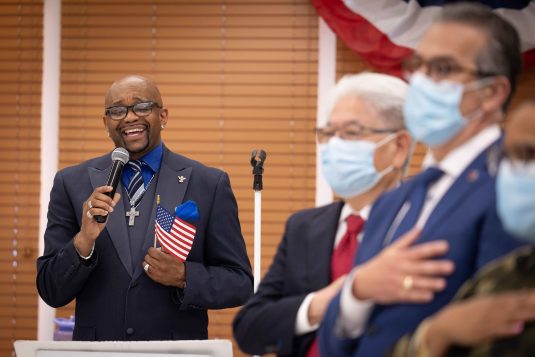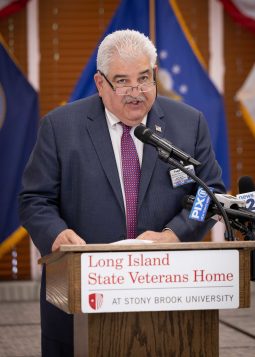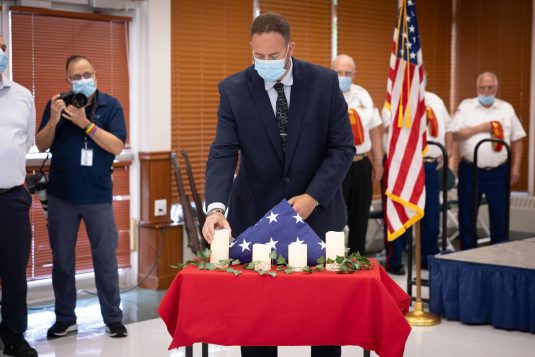In times of crisis, the strength of a community is tested.
Whether facing natural disasters, public health emergencies or unexpected incidents like the recent water main break in East Setauket, the importance of communitywide communication cannot be overstated. The key to navigating these challenges lies in emergency preparedness, the effective use of technology and the dissemination of timely information through mobile apps and other digital platforms as well as keeping in touch with neighbors and family members.
Emergencies can strike without warning, disrupting daily life and putting lives at risk. Events like the water main break in our own communities are reminders of this reality. When such events occur, having a well-organized communication strategy can make all the difference. Immediate, clear and coordinated communication helps ensure that everyone is informed and knows how to respond, especially now as we enter hurricane season.
Emergency preparedness begins before any disaster occurs. It involves educating the public about potential risks, establishing clear response protocols and conducting regular drills. Community members should know where to find reliable information, how to contact emergency services and what steps to take to stay safe.
Technology is an ally in emergency management. Social media platforms, mobile apps and websites can quickly spread information to large audiences.
Suffolk County has some emergency preparedness apps. Smart911, a free service, allows residents to register with the Emergency Alert program to help emergency responders and Suffolk County prepare for disasters and evacuations. SuffolkAlert, another free service, allows residents to sign up for customized emergency alerts via text message, email or voice message.
By leveraging such tools, we can ensure that vital information reaches every corner of our community.
The effectiveness of these tools depends on widespread adoption and usage. It is imperative that local authorities, community leaders and organizations actively promote these resources. Educational campaigns, workshops and community events can help to raise awareness about the importance of downloading and using emergency preparedness apps.
Maintaining trust and credibility in communication channels is essential as misinformation can spread as quickly as a verified alert, sometimes creating space for confusion and panic. Official channels must be seen as the definitive sources of information. To do so successfully requires transparency, consistency and regular updates from authorities, as well as collaboration with local media to reach broader audiences.
Finally, let’s not overlook the human element, in emergencies, neighbors often become first responders. Building a strong sense of community, where people look out for one another and share information, is equally important. Initiatives like neighborhood watch programs and community emergency response teams can enhance our collective resilience. And let us remember to check on neighbors who are elderly, disabled or live alone, and of course those who are not digitally knowledgeable.



























